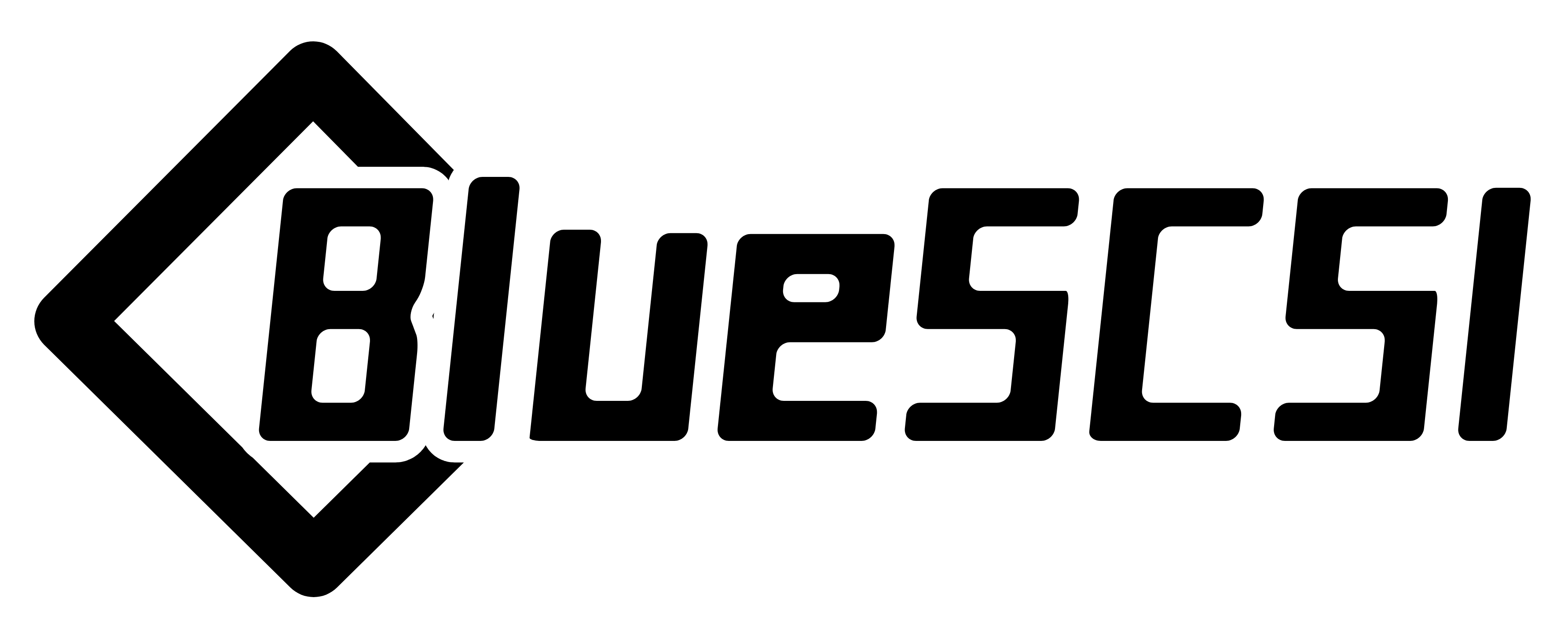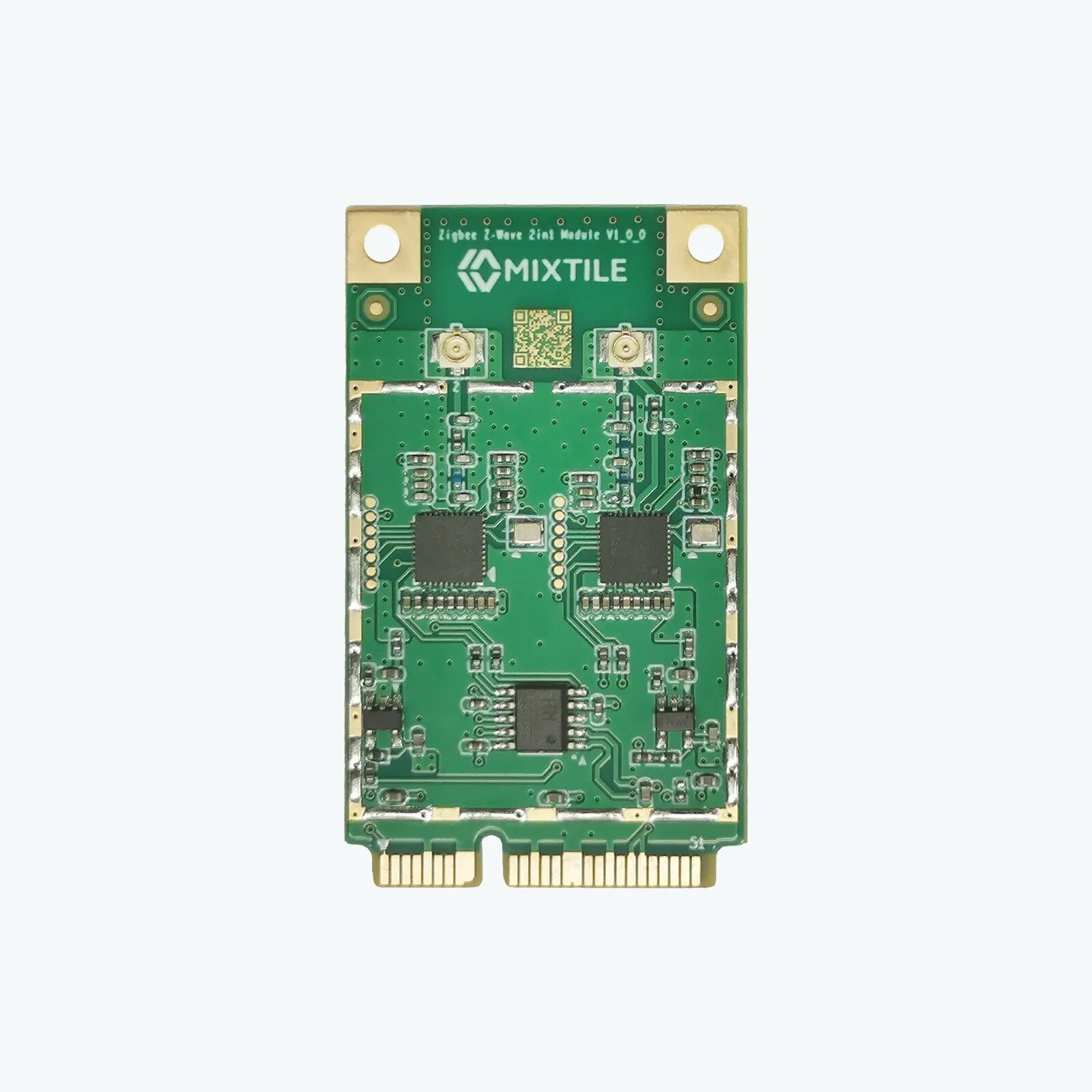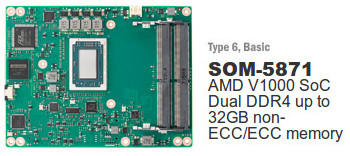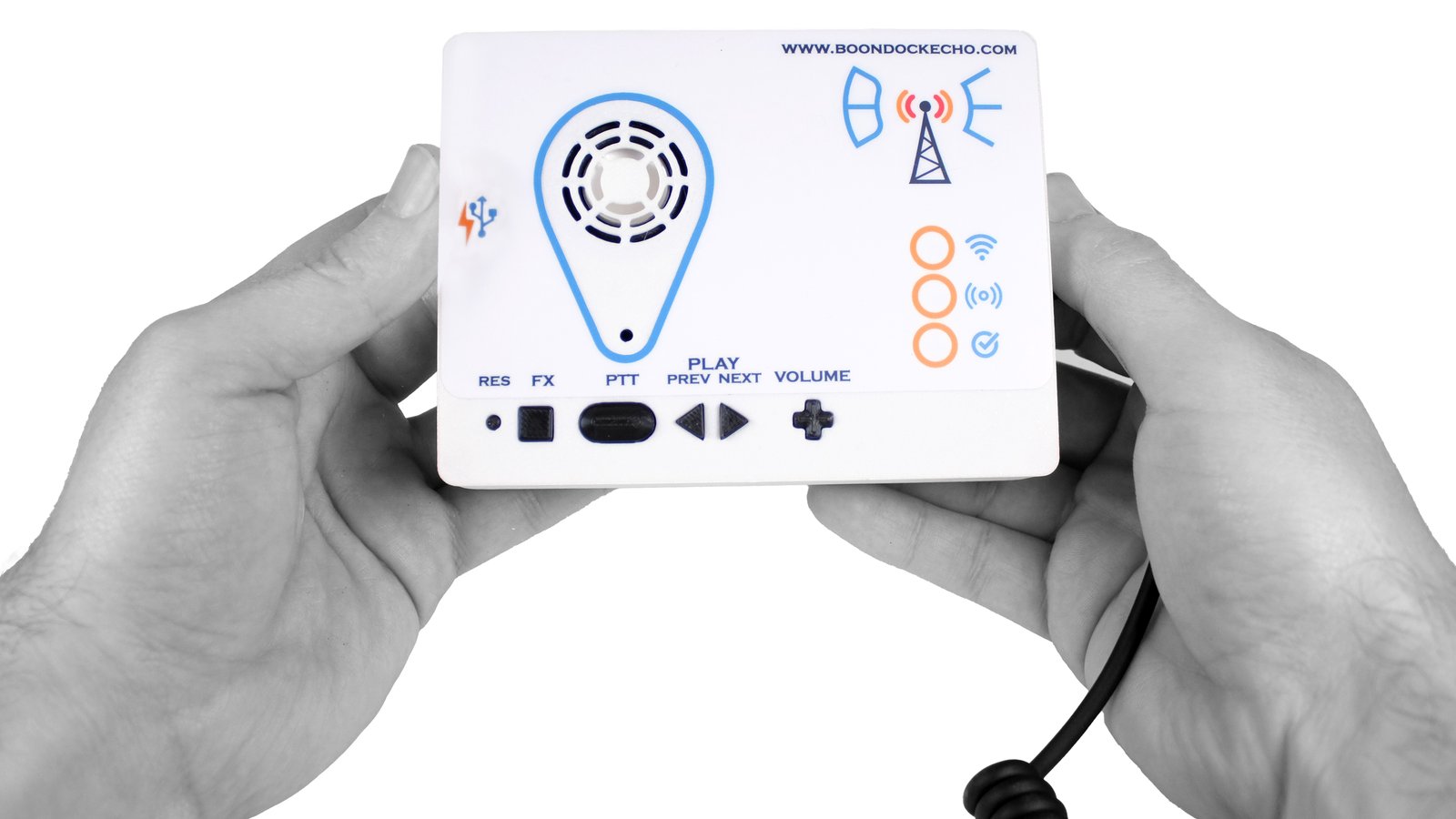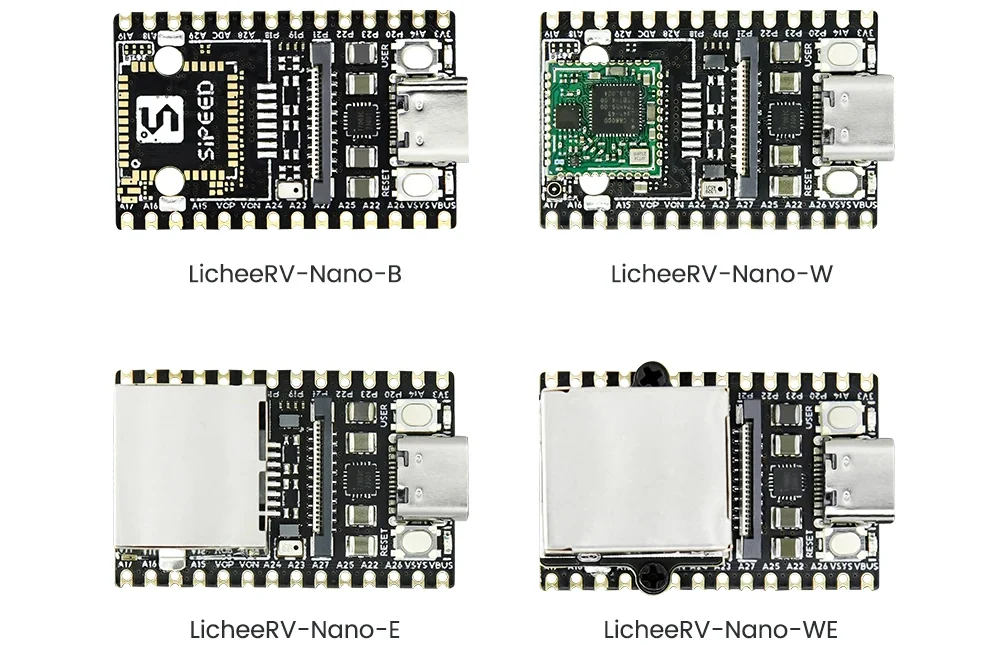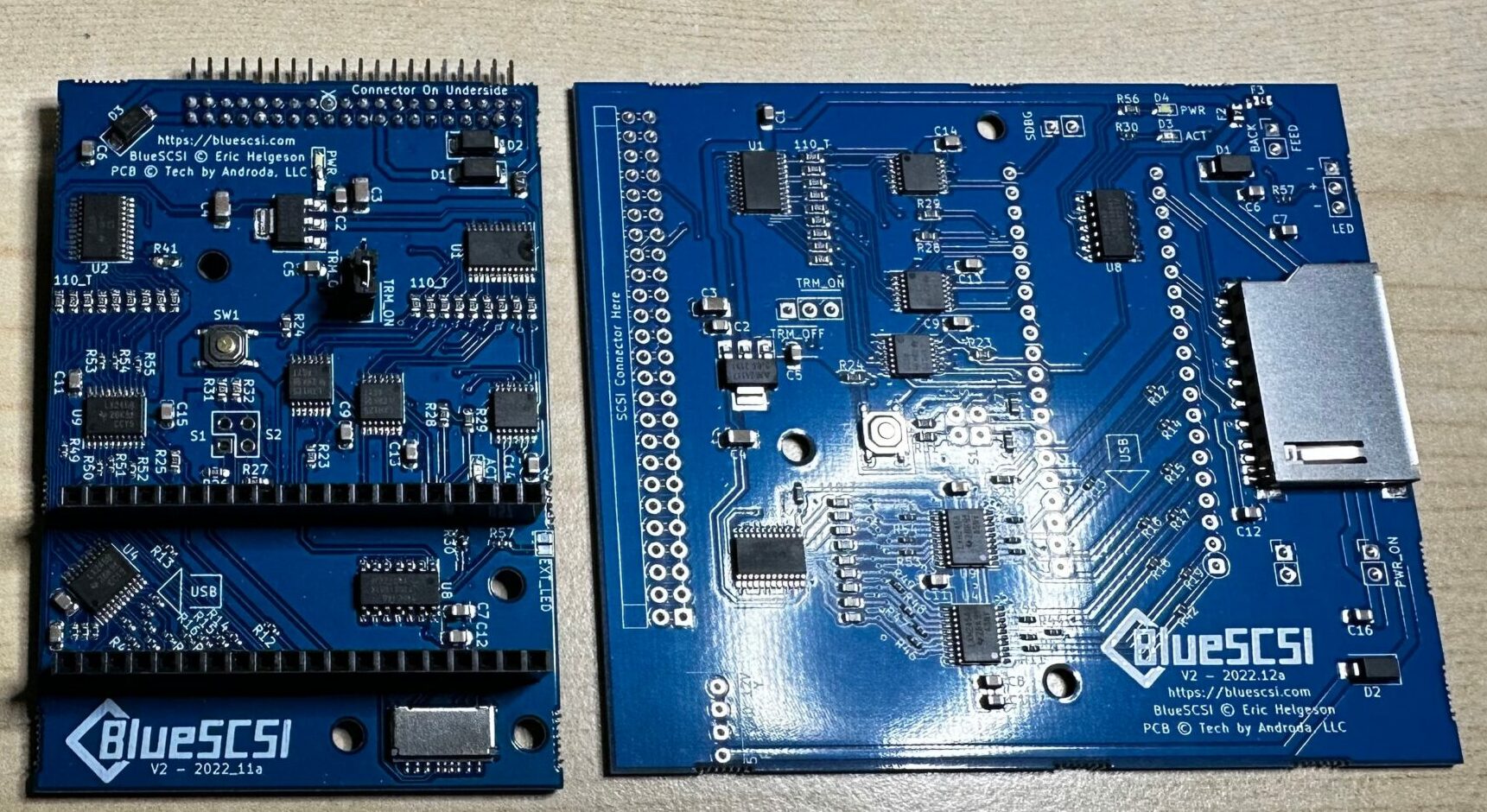
BlueSCSI v2 Pic is a Compact Solution for Retro Computing Enthusiasts
BlueSCSI v2 is back with a second version of their popular SCSI hard drive emulator. The BlueSCSI hardware can reproduce SCSI devices like hard drives, optical drives, SD cards, CD-ROMs, and many more. The product is targeted to provide a reliable and cost-effective solution for vintage computer enthusiasts who are looking to upgrade their old computers. The new version of BlueSCSI is based on raspberry pi pico’s RP2040 microcontroller.
The new BlueSCSI v2 is completely open source, with open hardware and open design. The SCSI2SD firmware is a popular open-source firmware that is used by many SCSI to SD Card adapters. It provides a SCSI interface that allows the adapter to emulate a SCSI device, such as a hard drive or CD-ROM. This allows vintage computers and gaming consoles to access the SD card as if it were a SCSI device. The BlueSCSI v2 adapter uses a modified version of the ZuluSCSI’s SCSI2SD firmware, which has been bifurcated from the original codebase. This means that the BlueSCSI v2 firmware is based on the original SCSI2SD code but has been modified to suit the specific needs of the BlueSCSI v2 adapter. The modified firmware is open-source, which means that it can be modified and improved upon by the community.
One of the benefits of using the Raspberry Pi Pico microcontroller is its flexibility. The microcontroller features a large number of GPIO pins that can be used to interface with a variety of hardware devices, such as SD cards and SCSI interfaces. The Pico also features built-in support for SPI and I2C communication protocols, which are commonly used in SCSI to SD Card adapters.
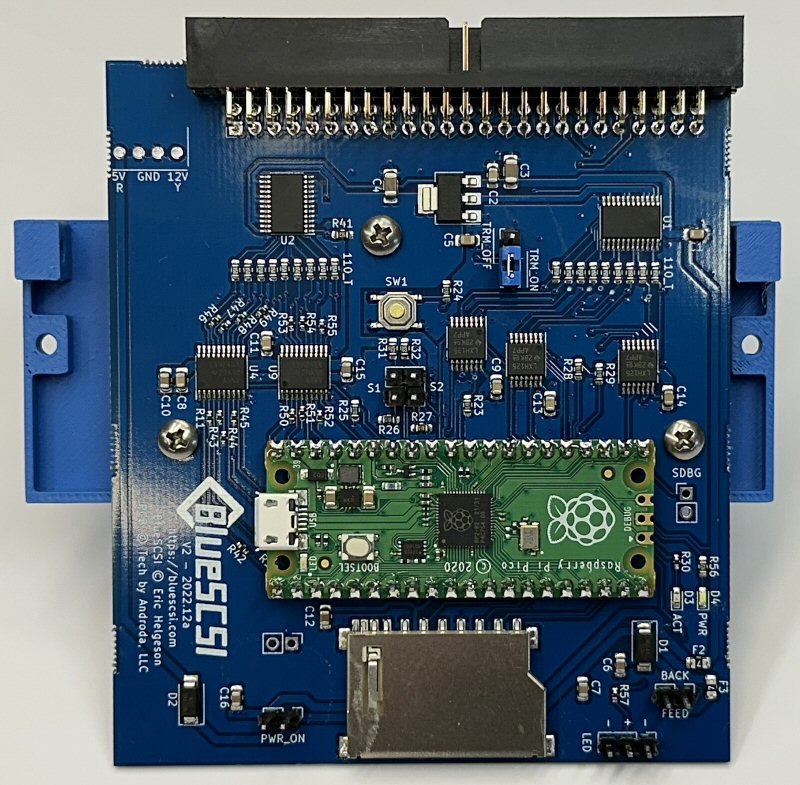
In the first version of the BlueSCSI a blue pill microcontroller was used, which is now replaced by raspberry pi pico’s RP2040 microcontroller. This results in better performance in terms of processing power, data transfer speed, and future expandability of the device. For comparison, version one on a 10Mbit data bus could transfer 1.3MB/sec, but the new version can transfer 5.8MB/sec on a 5Mbit data bus. It can transfer up to 8.4MB/sec on a 10Mbit bus.
One of the new features of v2 is the SCSI toolbox, and this is an application interface with two major functions. First is that it allows moving files between the host computer and the root of the SD card. This makes file transfer from modern machines a hassle-free process. The second feature is that the new version allows SD hot swapping while powered and attached to the host computer. Some of the advanced features include better human-readable logs, USB serial logging, and onboard LEDs to show the status of the device.
The BlueSCSI v2 retails at the same price as version 1 but gives many new features. To learn more about the emulator, visit the product page.





